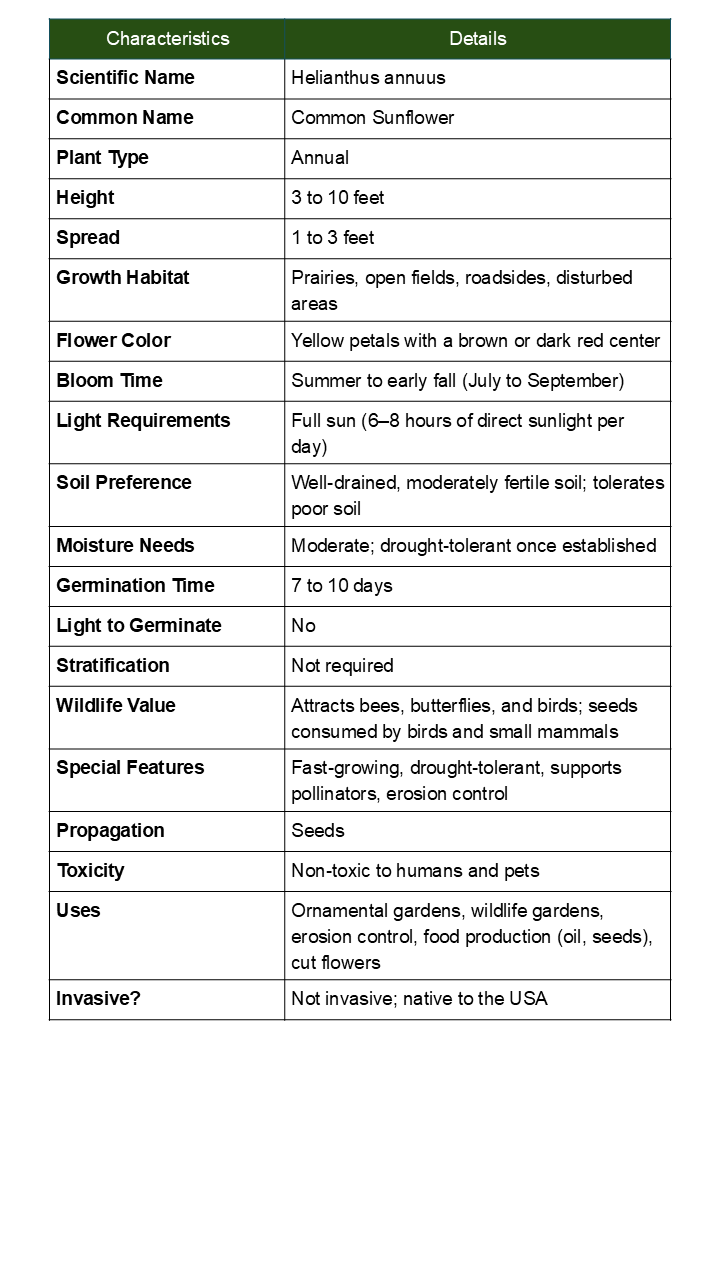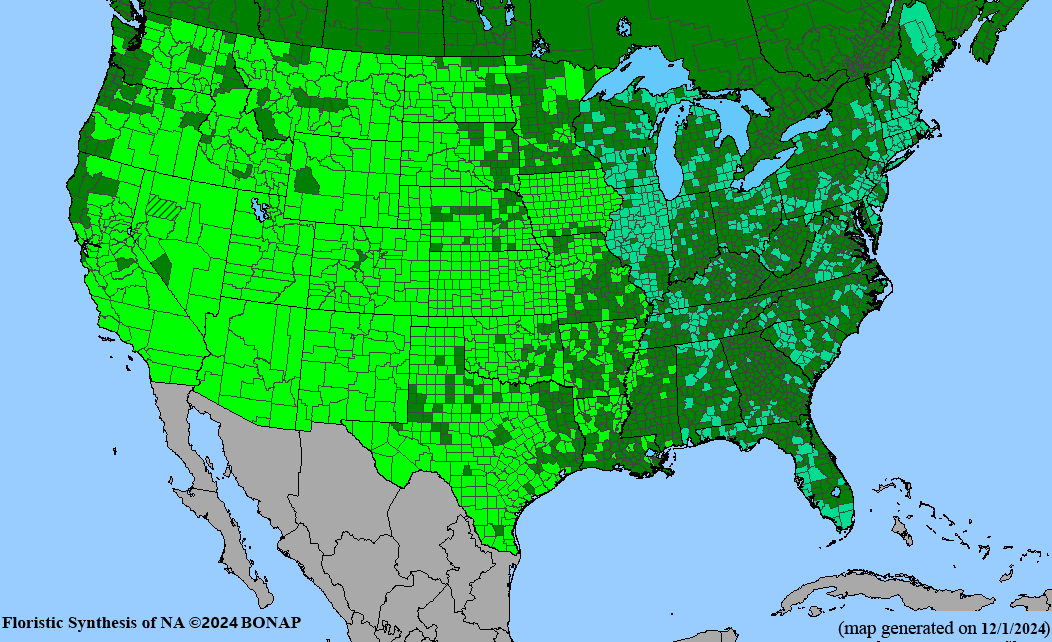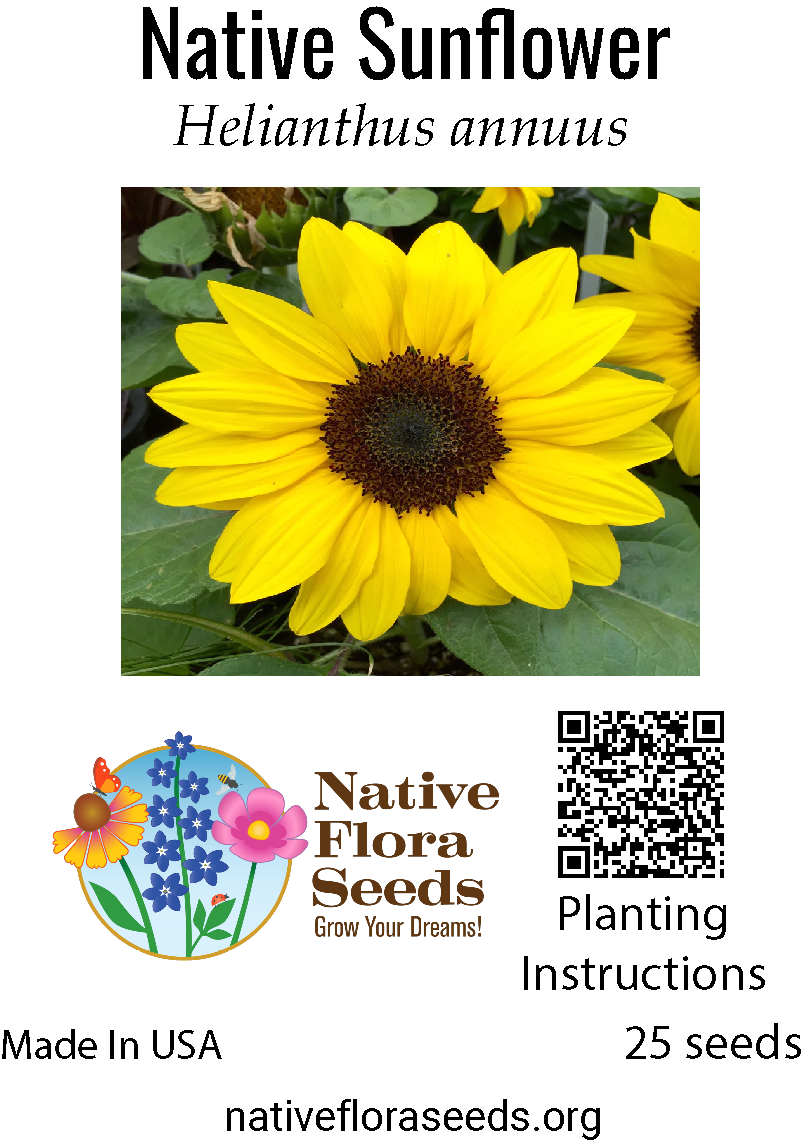Native Sunflower Seeds - Premium Helianthus annuus for Wildlife Gardens
Regular price$4.00
/
Tax included.
🌻 Grow America's Iconic Native Sunflower
Experience the joy of growing Helianthus annuus, America's beloved native sunflower that has brightened landscapes for thousands of years. These premium seeds produce magnificent golden blooms that can reach 6-10 feet tall, creating stunning focal points in any garden while providing essential resources for wildlife.
✨ Key Features:
- Height: 6-10 feet tall with impressive 6-12 inch flower heads
- Bloom Time: Mid-summer through early fall
- Flower Color: Brilliant golden-yellow petals with dark centers
- Native Range: Throughout North America
- Hardiness: Annual, USDA Zones 2-11
- Sun Requirements: Full sun (6+ hours daily)
🦋 Outstanding Wildlife Benefits:
- Attracts over 70 species of birds including goldfinches, cardinals, and chickadees
- Essential nectar source for native bees, butterflies, and beneficial insects
- Seeds provide high-energy food for wildlife through fall and winter
- Large flower heads support multiple pollinators simultaneously
- Creates natural bird feeding stations in your garden
🌱 Easy Growing Guide:
- Soil: Well-drained soil, tolerates poor conditions
- Spacing: Plant 12-18 inches apart for best results
- Germination: Direct sow in spring after frost danger passes
- Water: Drought tolerant once established
- Maintenance: Minimal care required, self-seeding
Perfect for children's gardens, cutting gardens, wildlife habitats, and prairie restorations. These cheerful giants bring joy to gardeners while supporting native ecosystems and providing natural bird food.
FREE SHIPPING WITHIN USA
1 review
1 review



